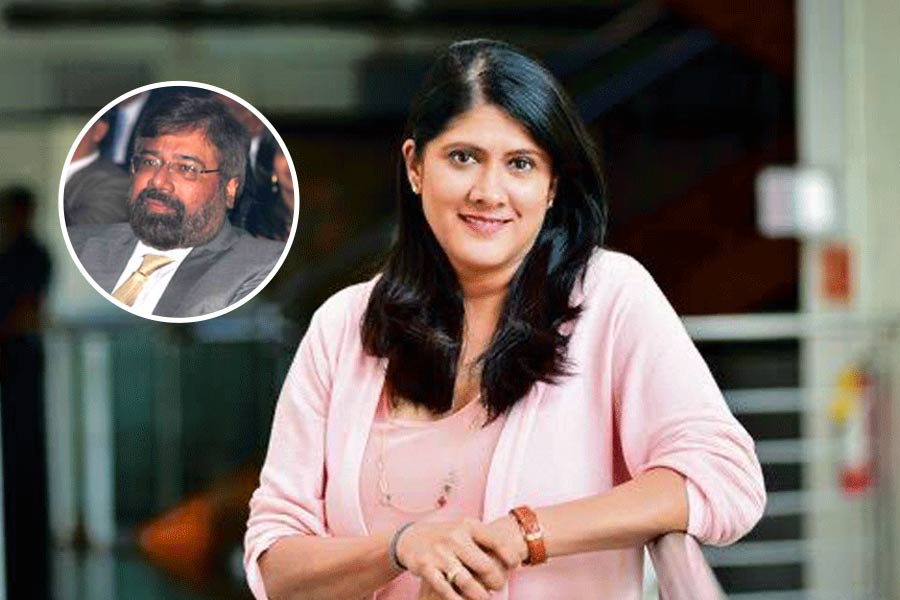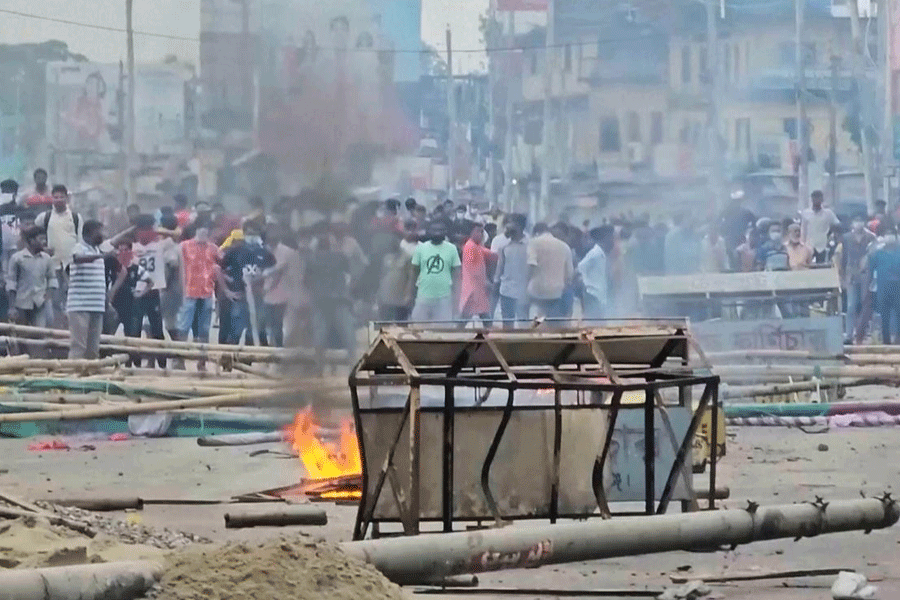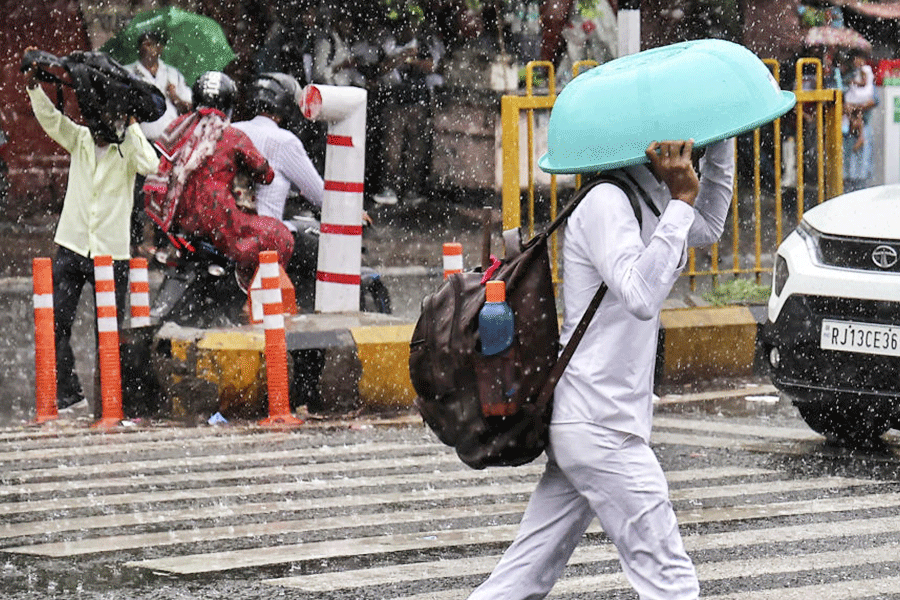 |
Thin isn’t in. A debate has started in India about banning anorexic models. After the Madrid Fashion Week showed the door to five models for being extra thin, Union health and family welfare minister Ambumani Ramadoss has chipped in with his own take on the subject. “India faces both problems — obesity and osteoporosis,” he says. “Although many more suffer from obesity, the number of young girls starving to become thin models is also rocketing.”
Yet, in the corporate domain, “thin” has suddenly acquired a lot of virtues. There are no takers for the Obese Corporation, into which category fall most of our public sector organisations. But the Anorexic Corporation can be even more dangerous.
Many companies, however, are proud of it. “We run a lean-and-mean ship,” says the CEO of one such organisation. “Our people work hard and play hard. They get paid well for it.”
In such companies, everybody plays total football; they can replace each other at the drop of a hat. When the receptionist hasn’t come in, the sales executive, who doesn’t have too many calls to make that day, takes over.
Take the “play hard” bit with a pinch of salt too. In such organisations, the games you play are of the golf variety. You spend hours on the fairway with the occasional interlude to hit a ball. “Golfing CEOs are not the sort of people you should emulate,” says Mumbai-based HR consultant Shashi Rao. “They may not realise it, but they are people who have lost control of their lives. Even their weekends are spent working.”
These CEOs produce anorexic corporations. What are its characteristics? Says an article in Canada and the World: “While technology has shut down many clerical jobs, it’s had the same effect on the people who used to supervise the clerks. Middle managers are no longer needed in the same numbers because there are fewer people to manage…
“But the downsizing can go too far. The danger point is reached with what’s been called the ‘anorexic corporation’. Stripped of layers of management, all that’s left is a few exhausted workers and a CEO who is struggling to control the whole operation from the personal computer sitting on her desk.
“In the anorexic corporation everybody, from top to bottom, is stressed by overwork and on the verge of burnout. Morale is at rock bottom. Nobody thinks in terms of a career any more; the major goal of each staff member is to survive the next round of firings. Long-term strategic thinking goes right out the window.”
Today, there are thousands of Anorexic Corporations in the US. You can’t make them out because, say, carmaker Saturn Co may be adding to its overall numbers. But it is creating anorexic clusters all over the place. But watch the productivity figures. When these climb consistently, anorexia is round the corner.
Rao says the malaise isn’t big in India as yet, except in certain industries. But don’t try and tell that to the people who are bringing you this newspaper. Two decades ago there used to be reporters, rewriters, sub-editors, compositors, proof-readers and page makeup artists. Now it is one humble sub-editor in which all these functions have been combined. Anorexia approaches. Don’t you see a lot more burnouts around you?
THE REPORT CARD
Poorly-managed downsizing results in:
![]() Resistance and resentment among the remaining employees.
Resistance and resentment among the remaining employees.
![]() Decreased morale and trust.
Decreased morale and trust.
![]() Reduced communication among staff as suspicions grow.
Reduced communication among staff as suspicions grow.
![]() Increased conflict.
Increased conflict.
![]() Scapegoatism.
Scapegoatism.
![]() Conservatism.
Conservatism.
![]() Reduced innovation.
Reduced innovation.
Source: From a study of 30 automakers by Kim Cameron, University of Michigan











